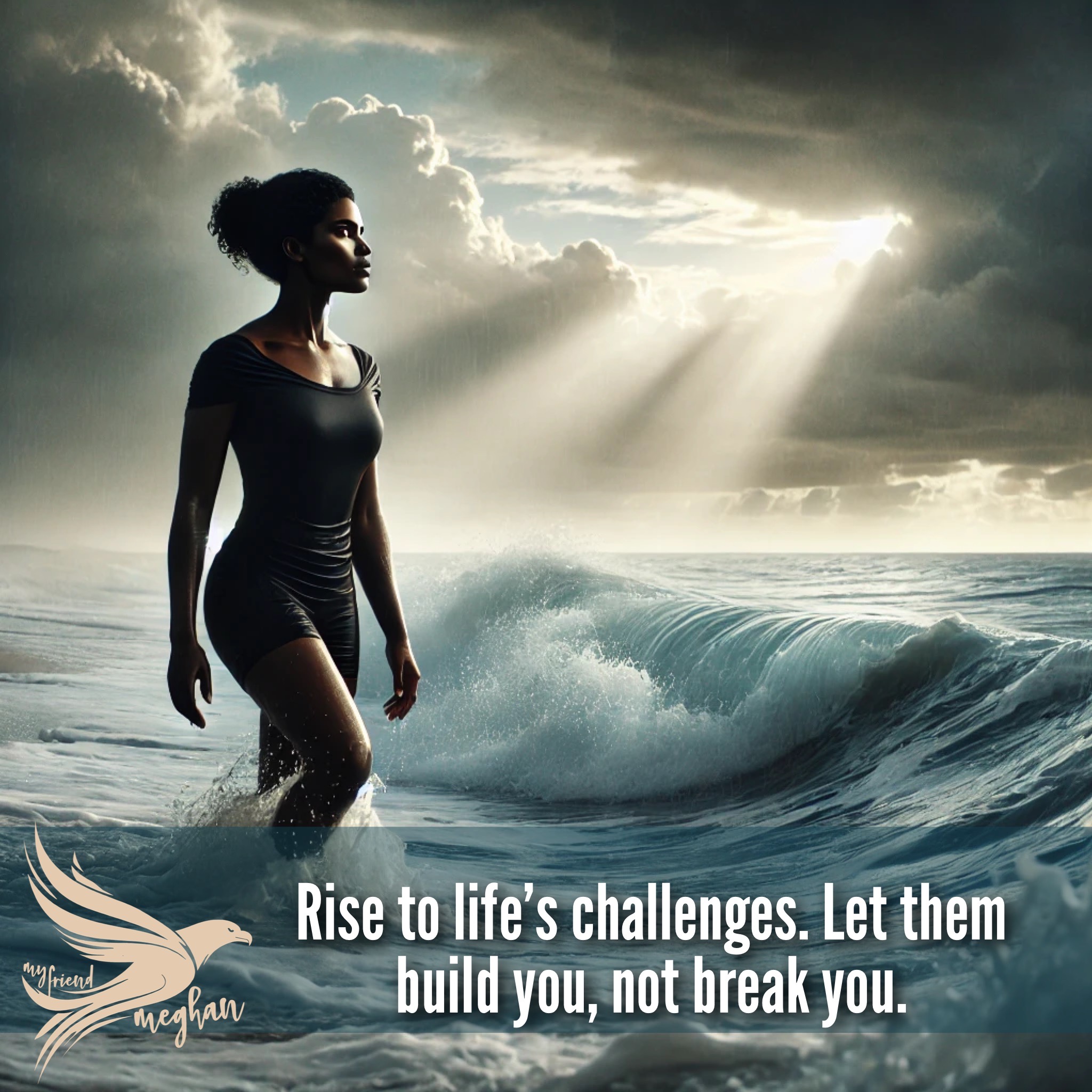There’s a pivotal choice we face every time life throws something hard our way: Will this break me—or build me? It may not always feel like it, but how we interpret and respond to our challenges plays a huge role in shaping our growth. Some situations test us deeply, but within each one lies the potential to become catalyst—something that accelerates our transformation and propels us forward.
Recognizing that potential starts with a shift in perspective. What if life isn’t happening to us, but for us? What if even the most difficult moments carry opportunities to expand our awareness, deepen our resilience, and align more fully with who we truly are?
Assuming Positive Intent—In Life Itself
Step 3 of the Intentional Living model is “Assume Positive Intent,” and while this phrase is often applied to people, it also applies to life as a whole. This mindset invites us to trust that the universe is not out to harm us, but rather to grow us. Instead of asking, “Why is this happening to me?” we can begin asking, “What can I take from this? How can I move through it in a way that honors who I want to become?”
Assuming positive intent doesn’t mean justifying harm or denying pain. It means choosing not to remain in a place of victimhood. It’s a reclamation of power—the decision to own how we walk through our experiences, even when we didn’t choose them.
Growth Doesn’t Always “Feel Good”
The ego craves comfort, safety, and predictability—but growth rarely comes from those things. It comes through catalyst: friction, setbacks, disruption, etc.. If we expect life to be easy in order to feel aligned, we’re likely to find ourselves disillusioned or spiritually stalled. Growth—inner, character, soul/spiritual—is the purpose of our physical experience. When we embrace that truth, we can stop resisting every bump in the road and start seeing each challenge as part of our unfolding.
This is where perspective becomes everything. When you view your pain only through the lens of fear and separation, it becomes something that defines you. But when you view it from a place of trust and alignment, it becomes something that refines you. Remember that your reality reveals your alignment.
Energy and Ownership
Elevated Thought is a tool that helps us gauge the state of our internal flow. At the top is unhindered flow—love-based, expansive, and connected (oneness). At the bottom is constricted flow—fear-based, reactive, and fragmented (separation). When we respond to challenges from a place of constriction and separation, we tighten up, go into survival mode, and act as though we are alone. But when we remember our oneness with Source, we can stay grounded in trust—even in difficulty.
That’s what it means to embrace catalyst: to recognize that growth is possible in any moment and to rise, even when it’s a challenge. This doesn’t mean pretending everything is fine or allowing harm to continue (please have healthy boundaries). It means taking ownership of how we respond and allowing ourselves to be shaped by the experience without being defined or destroyed by it.
Reframing Challenge as Catalyst
Embracing catalyst means shifting our expectations, recognizing our agency, and trusting that even difficulty can hold purpose. It’s a mindset rooted in love and unity, not fear and resistance.
By holding this perspective, we stay connected to a higher sense of order and purpose. We may not understand the why behind every moment, but we can still choose to move through it with grace, resilience, and intentionality.
Actionable Insights
- Own your energy, even in hard moments. You may not control what happens, but you always influence how you move through it.
- Ask a better question. Instead of “Why is this happening to me?” try “What is this moment inviting me to become?”
- Recognize challenge as opportunity. Growth often shows up disguised as difficulty—can you welcome it as a sacred invitation?
- Choose your narrative. Be mindful of the stories you tell yourself. Will this experience define you as a victim, or refine you as a victor?
Note: in the video I mention choosing your polarity, you can find out more about that with understanding polarity.


Leave a Reply